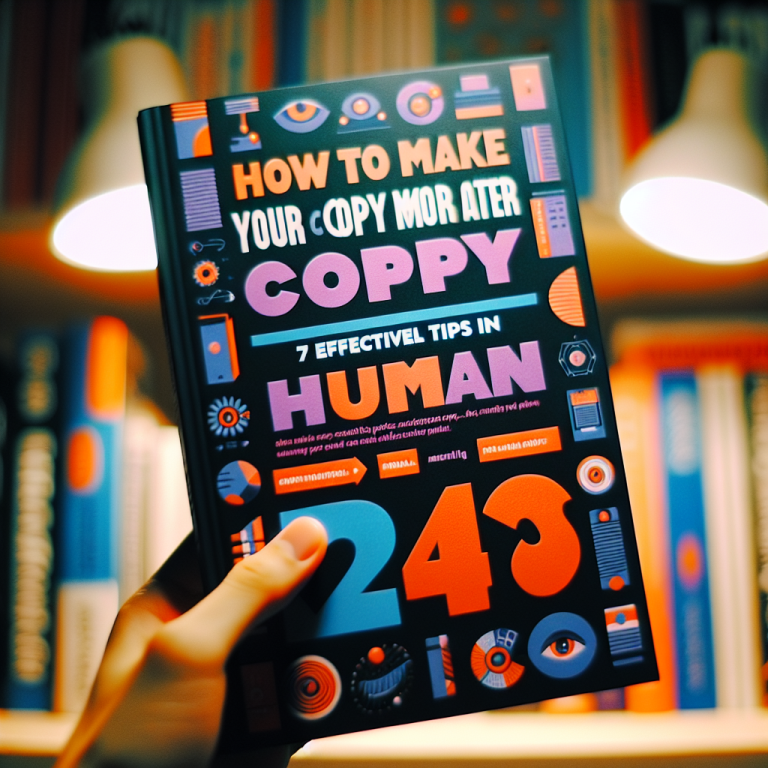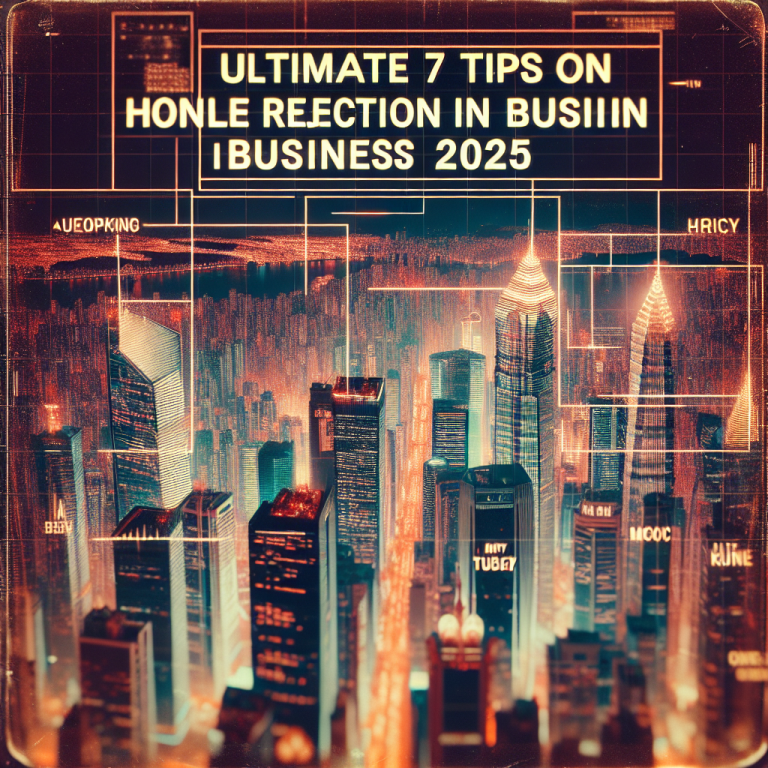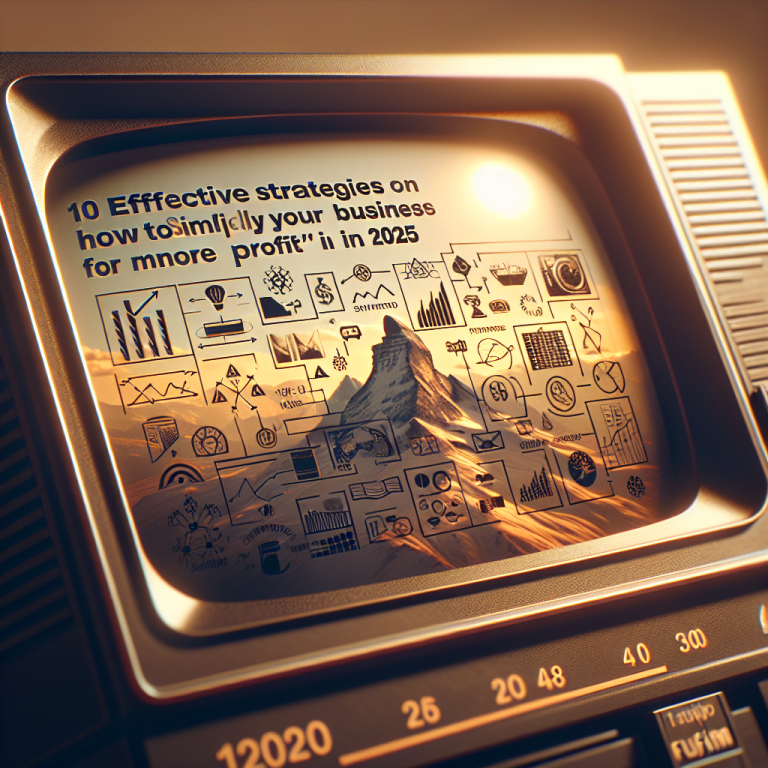How to Write the Perfect Video Script That Keeps Viewers Hooked
Understanding Your Audience
Who Are They?
One of the first steps in writing a killer video script is really knowing who you’re talking to. Think about your ideal viewer. Are they teenagers, busy professionals, or perhaps seasoned educators? This demographic info will shape the tone and content of your entire script.
When I first started, I made the mistake of trying to appeal to everyone. I quickly learnt that, in marketing, it’s essential to narrow down your target audience. You don’t want to cast a wide net and catch nothing; instead, you want to fish where the fish are!
Creating a viewer persona can help. Just write down their qualities, interests, and problems they face. This exercise not only informs your script but gives you a clearer picture of how to engage them effectively.
What Do They Want?
Next, dive deeper into what your audience genuinely craves. Are they looking for entertainment, information, or a solution to a problem? Understanding their desires allows you to tailor your message uniquely to them.
From my experience, people love content that speaks directly to their desires. For example, if you’re writing a tutorial for busy parents, empathy is key. Speak to their struggles and offer them quick, actionable tips that make their lives easier.
Creating a hook that emphasizes what your viewers will gain from your video is paramount. It aligns your script with their expectations, making it so much more likely that they will stick around and engage.
Where Do They Hang Out?
Knowing where your audience lodges online is just as important. Are they on YouTube, TikTok, or Facebook? The platform you choose can influence your script’s style and length. For instance, TikTok has a much shorter attention span compared to a YouTube tutorial.
I’ve experimented by testing my content on various platforms, and trust me, the format can change everything. A script that works great on YouTube may fall flat on Instagram. So, be flexible and adjust your writing style accordingly.
Understanding the nuances of each platform can give your script the edge it needs to not just reach, but truly resonate with your audience.
Crafting a Compelling Story
Set the Scene
Every engaging video starts with a solid setup. I always begin my scripts by establishing a relatable scenario that captures the viewer’s attention and draws them into the story. Picture this: your audience sitting in front of their screen, curious. You need to pull them in right from the get-go!
Vividly describing the scenario enables the audience to visualize and connect emotionally. It’s kinda like painting with words. When I write, I try to sprinkle in some sensory details so viewers can feel like they’re part of the action.
Don’t underestimate the power of a well-crafted opening! A good story is memorable—the kind of thing people share with their friends. Set the scene so beautifully that viewers almost feel compelled to keep watching.
Building Tension
Next, I focus on building tension. Think of it like a rollercoaster; you start slow, build anticipation, and then deliver the exhilarating drop. This serves to keep viewers engaged and craving the resolution!
In my scripts, I often introduce a conflict or challenge. It’s crucial because it mirrors real-life struggles and makes viewers invest emotionally in the outcome. For instance, if I’m sharing a personal failure story, I set up everything that went wrong leading to that learning moment.
Building tension doesn’t just mean drama; it can be as simple as suspenseful storytelling. By pacing your content effectively, you can leave viewers hanging just long enough to make them eager for the resolution.
Delivering the Resolution
Finally, every good story needs a resolution. After building tension, I always make sure to offer a satisfying conclusion, whether that’s a solution to a problem or a lesson learned. This is where your viewer truly gets the payoff!
In my experience, the resolution is often what leaves a lingering impression. I make it a point to summarize key takeaways clearly and concisely, giving viewers something they can apply in their own lives.
A strong ending not only ties the whole story together but also gives your viewers a reason to share the video with others. Make it memorable—the kind of closure that resonates long after the video is finished.
Leveraging a Strong Hook
Captivating Opening Lines
The hook is your golden ticket to grab attention quickly! I often start my scripts with a provocative question, surprising statistic, or even a bold statement. This gives me immediate engagement because people want to know more when they feel intrigued.
For me, the opening line is critical. If it doesn’t engage your viewers immediately, they might just scroll away. I remember writing an intro that asked, “What if I told you that you could double your productivity in just one week?” That hooked them right away!
Your aim with the hook is not just curiosity, but to promise value. You want your audience to think, “I need to watch this until the end!” That kind of intention can drastically improve viewer retention rates.
Creating Urgency
Once you’ve got their attention, it’s essential to instill a sense of urgency. I often use phrases like “don’t miss out!” or “this could change your life forever!” This encourages them to stay through the video instead of clicking away.
For example, in a video about time management, I would highlight the consequences of procrastination in a relatable way. Make it clear: the longer they wait to implement change, the more they lose opportunities. Momentum is key!
Urging viewers to act now can be as simple as including a free download or an exclusive offer. Who doesn’t love an irresistible deal, right? This tactic can elevate the urgency and keep viewers glued to the screen.
Hinting at What’s Next
Finally, a good hook not only engages but also gives a taste of what’s to come. I like to drop hints about the valuable insights or tips that I’ll be sharing later in the video. This builds anticipation and keeps viewers coming back for more!
Throughout my videos, I strategically place reminders of what’s ahead. I might say, “Stay tuned for my top five tips at the end,” which keeps viewers watching until they get to that juicy information.
By hinting at future content, I keep the excitement alive. Ultimately, you want your viewers to feel rewarded for sticking around—like they made the right decision by choosing your video.
Polishing Your Script
Editing for Brevity
Once I’ve poured my heart into a script, the real work begins: editing! One of the most critical aspects is cutting the fluff. I always ask myself, “Does every sentence serve a purpose?” If not, it’s going to hit the chopping block.
Conciseness is crucial for maintaining viewer attention. In my experience, the longer the video, the more crucial it becomes to keep it engaging and to the point. Nobody wants to wade through unnecessary details. Remember, less is often more!
As part of my editing process, I also read the script out loud. This helps check for awkward phrasing or spots where the flow doesn’t feel right. It’s amazing what you catch when you hear it aloud!
Getting Feedback
Another tip is to seek feedback from fellow creators. I have a circle of trusted friends and colleagues who are great at offering constructive criticism. Sometimes, it’s hard to see our own blind spots, so having fresh eyes can be invaluable.
Feedback can also provide insights into what resonates and what doesn’t. Maybe there’s a hook I thought was gold, but my colleagues find it lacking. Their perspectives can help refine the script to perfection.
Don’t be afraid to iterate based on feedback. The more you refine, the stronger your final script will be!
Final Touches
Finally, once everything looks good, I make sure to give it a final walk-through. I check for spelling errors, awkward transitions, and ensure that it still flows smoothly. It’s those small details that can make or break a great script!
Sometimes, I even print it out and go through it pen in hand. This old-school method allows me to catch things I might’ve missed on a screen. Plus, there’s something satisfying about marking changes on paper.
Ultimately, putting in the effort to polish your script pays off big time. It’s the difference between a good video and a memorable one!
Call to Action
Why It Matters
Every video should have a clear call to action at the end. This is your moment to guide viewers toward what they should do next! Whether it’s subscribing to your channel, commenting, or checking out a related video, a good call to action can enhance viewer interaction.
I remember feeling hesitant about calling viewers to action. But I’ve learned that most people won’t engage unless you give them a direct prompt. If you don’t ask, you won’t get!
A strong call-to-action not only improves engagement but also builds a community around your content. It cultivates a culture of interaction which is always a good thing.
Creating Engagement
Encouraging viewers to share their thoughts or experiences in the comments can create a vibrant community. I often ask questions related to the video content as a way to prompt interaction.
One of my favorite tactics is to ask, “What’s your biggest takeaway from today’s video?” This invites viewers to reflect and share, creating a dialogue that enhances the viewer’s experience.
Direct engagement can also lead to better video rankings on platforms, as algorithms love content that generates discussions. It’s a win-win for both you and the audience!
Measuring Success
Finally, always measure how successful your calls to action are. I keep track of the metrics that reflect viewer engagement, like comments, shares, and subscription rates. Analyzing these patterns can help refine future scripts.
If a particular call to action resonates well, I often incorporate similar strategies in upcoming videos. That’s how you adapt and grow! After all, it’s all about finding what works for you and your audience.
In conclusion, crafting the perfect video script takes time, effort, and intention. But when you follow these strategies, you’ll see the impact on viewer engagement and satisfaction rise!
Frequently Asked Questions
1. How do I know if my script aligns with my audience’s interests?
To ensure that your script aligns with your audience’s interests, start by conducting research to understand their preferences. Engage in conversations through comments and social media to directly ask them what topics they’d like to see.
2. What’s the best way to keep viewers engaged throughout the video?
Maintaining viewer engagement involves using storytelling techniques, building tension, and providing valuable solutions. Moreover, using visuals and maintaining a dynamic pace can help keep the energy up.
3. How important is it to structure a video script like a story?
Structuring your video script like a story is very important! It makes the content relatable and memorable. People naturally connect with stories, so using this approach will enhance viewer retention.
4. What should I include in my call to action?
Your call to action should be clear and direct. Encourage viewers to comment, share, or subscribe, and inform them of what they can look forward to in future videos as a reason to engage with your content.
5. How can I improve my script writing skills?
Improving your script writing skills comes down to practice and feedback. Write regularly, study successful scripts, and don’t shy away from constructive criticism. Over time, you’ll find your unique voice and style!









